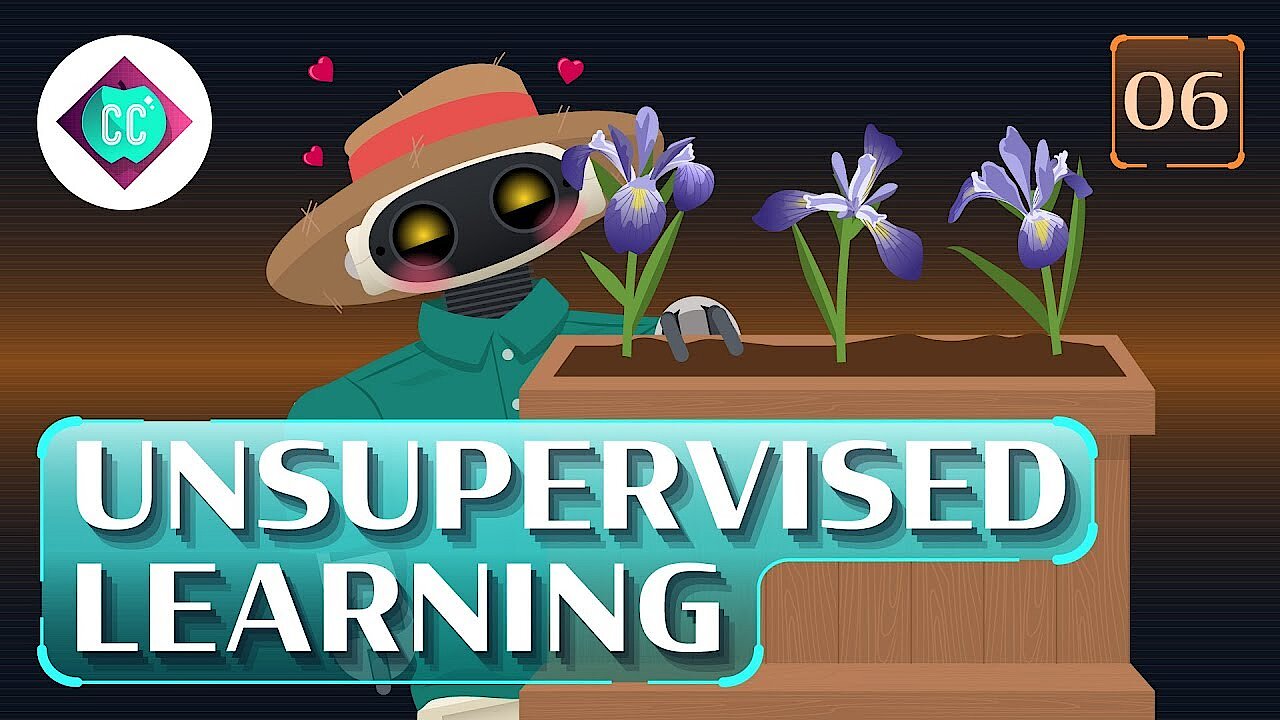What is unsupervised learning?
Artificial intelligence is one of the most important topics in the world of IT. Programs learn how to imitate the thinking and skill-management capacities of humans. Once a machine has learned from the input it receives, it is able to make decisions. Machine learning is one of the subtopics within artificial intelligence and describes the process that is necessary for programs and machines to learn autonomously. Unsupervised learning is one such process.
What is unsupervised learning?
Unsupervised learning is a data analysis method within the area of artificial intelligence, in which an artificial neural network looks for similarities among various input values. During unsupervised learning, a computer attempts to recognize patterns and structures within the input data on its own.
Unsupervised learning is thus the opposite of supervised learning. With this method, developers maintain complete control over the whole process and clearly define the learning outcome. A third learning method is called reinforcement learning which developers use to provide impulses to influence the algorithm's training.
How does unsupervised learning work?
To put it simply, the learning method is an artificial neural network that analyzes a large amount of information input, and uses that information to identify connections, patterns, and similarities among the data. This operation is based on different procedures. One technique that is beneficial to the learning method is clustering, also known as the cluster process, in which algorithms create clusters and assign data to them.
For example, if the input data consists of pictures of cats and dogs, a program will initially sort all of the dog pictures and cat pictures into their distinct categories via unsupervised learning. However, the outcome is not predetermined, unlike with supervised learning. The unsupervised machine learning algorithms make these decisions on their own, based on similarities and differences in the pictures.
Another process is called association, whereby data that can be associated to other data through specific attributes is categorized. The task for the algorithms, in this case, is to find objects that are related to one another, but they don’t need to be identical. In case of the example of the dog pictures, during association, an unsupervised learning algorithm would not aggregate all of the dogs, but would instead only associate dogs with leashes.
Where and when is unsupervised learning applied?
There are many practical examples of unsupervised learning. Because it enables programs to learn gaming rules and winning strategies, it’s a lucrative application for the stock market. Forecasters can use the raw data of stock prices for a program to recognize certain exchange activities and foresee trends.
Artificial intelligence, and unsupervised learning in particular, are also widely used across many other sectors. Clustering allows for the aggregation of groups of people, which is of great significance for marketing. The target group acts as the center and the basis for the creation of an advertising strategy. Algorithms can then learn how to aggregate a specific target group.
One sector in which the principle of unsupervised learning is securely anchored is speech recognition. Assistance programs such as Siri, Alexa, and Google Assistant rely on speech recognition to work effectively. These programs learn the speech patterns of their owners, and, over time, are able to understand more precise speech input, even if a device owner makes a mistake when speaking or speaks with a strong dialect.
Many smartphones also rely on unsupervised learning to help users organize their photo galleries. Through autonomous and unsupervised learning, the device is able to recognize the same person across multiple pictures or determine similarities in location where photos were taken from the metadata. As such, pictures can be organized either by location or by the people who are shown in the pictures.
Unsupervised learning is also valuable when it comes to online chats. Many Internet users have already come across chatbots, which are now used to regulate virtual conversations. Bots can also recognize insults, hate speech, and racist and discriminatory statements, and either remove the offensive user from a chat or send them a warning. Automated chats work in much the same way for applications like customer service and online orders. Whether customers use a messenger or their phone, the bots learn autonomously and sometimes even unsupervised.
Negative example: Chatbots in social media
In 2016, Microsoft was confronted with the negative effects of unsupervised learning. The company’s AI “Tay” had a Twitter account, and learned through its communication with other users on the platform. The program was simple at first, but quickly began to use smileys and learned how to construct whole sentences. The problem with Tay was that it did not evaluate its statements and began to make hateful statements against foreigners and feminists, and even spread conspiracy theories – all within less than 24 hours. The program was neither racially nor politically motivated. It simply learned from people. However, it’s unclear whether some Twitter users were poking fun at the technology and purposefully fed Tay with racially and politically controversial data.
Positive example: Genetic research
In contrast, within the field of genetic research, unsupervised learning produces very positive results. Clustering is a helpful analytical tool to analyze genetic material. Medical and technical sectors are coming together thanks to AI and its various learning methods. This has the benefit of accelerating research tremendously. As such, it is predicted that hereditary diseases, such as sickle cell anemia and even hereditary blindness, will be treatable and even curable in the future.
Advantages of unsupervised learning over other methods
Machine learning does not only stand for technical progress, but also helps to relieve the pressures of everyday life across a wide range of sectors. It is a huge asset to our everyday lives, to the economy, and to research. Contrary to other learning methods (supervised and reinforcement learning), developers are not involved in the actual training process, which, alongside time savings has the advantage that previously unnoticed patterns can be recognized. Unsupervised machine learning provides algorithms with the possibility to develop creative ideas.


